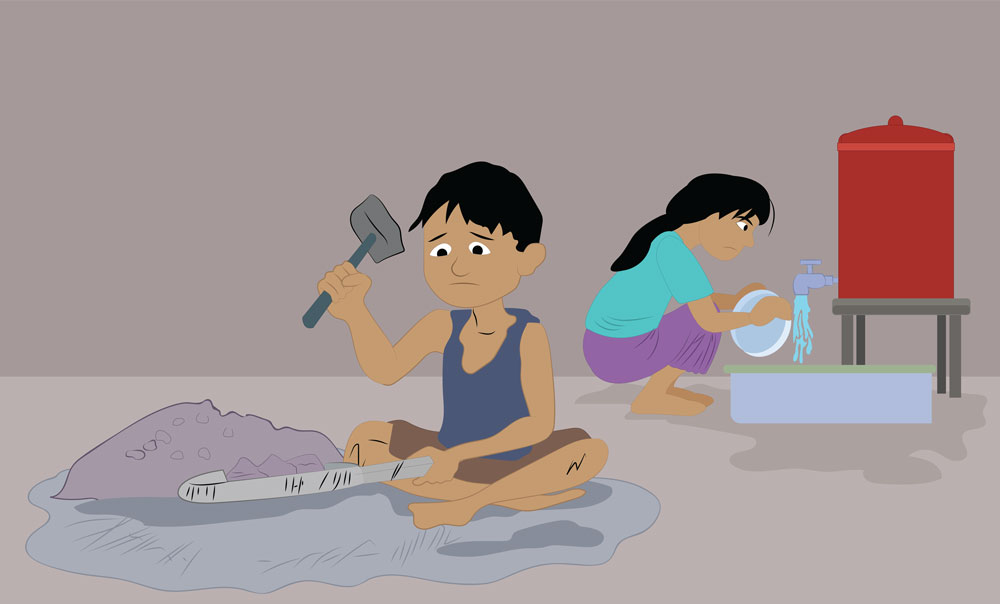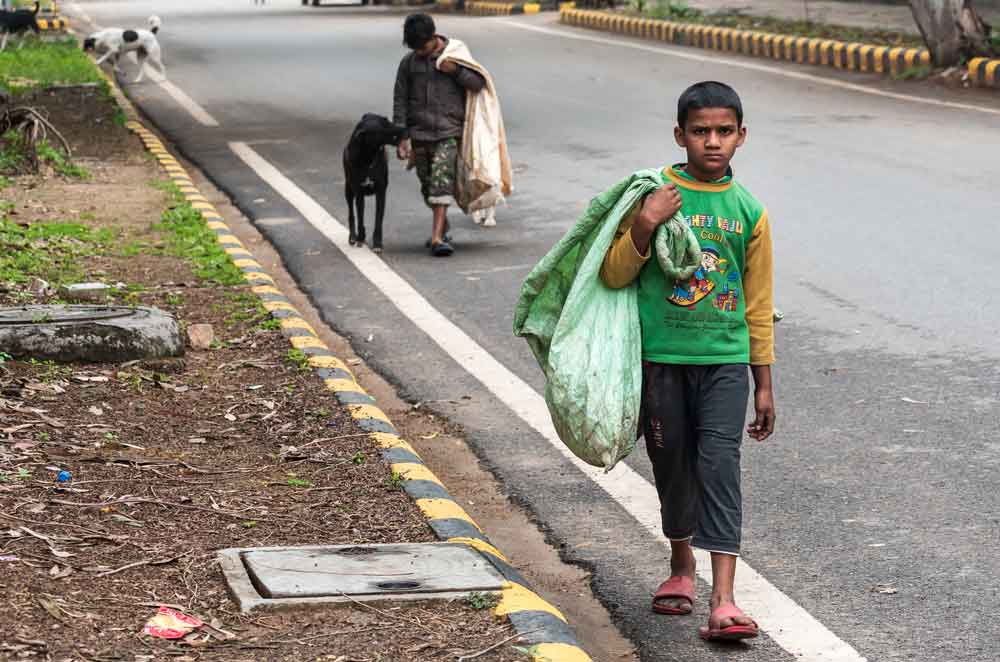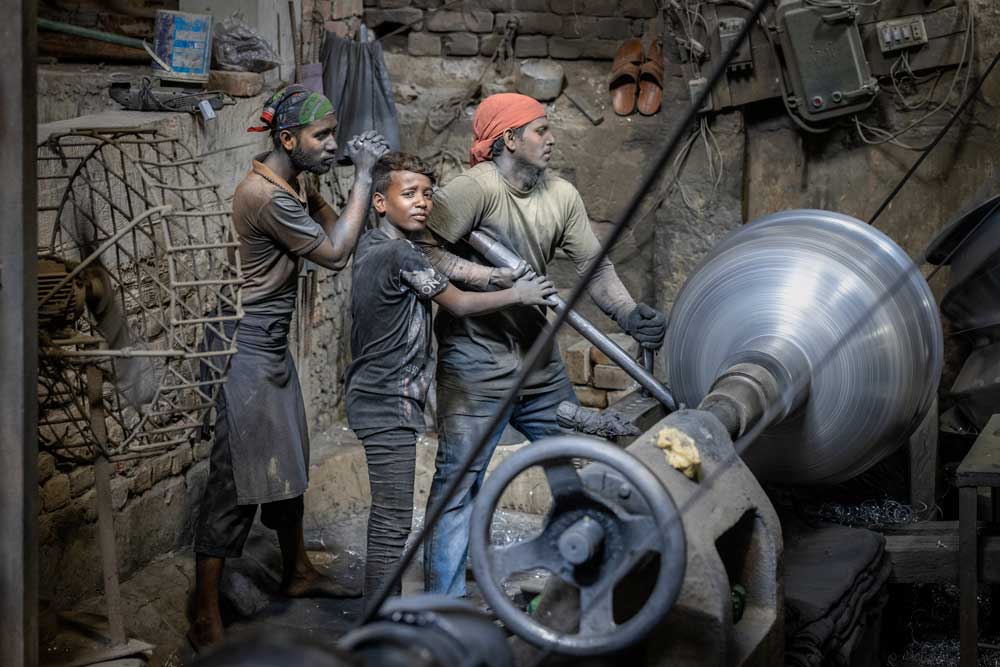Child labour is a grave issue affecting millions of children worldwide, robbing them of their childhood, education, and potential. According to a new report by the International Labour Organization (ILO) and UNICEF, the number of children in child labour has risen to 160 million worldwide with millions more at risk due to the impact of COVID-19.
The term ’child labour‘ is often defined as work that deprives children of their childhood, their potential and their dignity, and that is harmful to physical and mental development.

It refers to work that:
• is mentally, physically, socially or morally dangerous and harmful to children; and/or
• interferes with a child’s ability to attend and participate in school fully by obliging them to leave school prematurely; or requiring them to attempt to combine school attendance with excessively long and heavy work.
On the occasion of World Day Against Child Labour, it is crucial to reflect on the status of child labour laws in India, a country where the problem is particularly acute. According to the last available Census 2011, there were 10.1 million child labourers in India. Since then, the country has made significant strides in combating child labour, but challenges remain.
So, what can the government do to address the issue?

Strengthening Legislative Frameworks
Severe Punishments: Increase fines and imprisonment terms for employers who violate child labour laws.
Effective Enforcement Mechanisms
Surprise Checks: Conduct unannounced inspections to catch violations in real-time.
Enhanced Training For Inspectors
Technology Utilisation: Use digital tools and mobile applications for real-time reporting and monitoring of child labour practices.
Community Vigilance Committees
Local Involvement: Establish community vigilance committees to monitor and report instances of child labour.

Socio-Economic Interventions
Direct Financial Aid: Provide conditional cash transfers and scholarships to families to offset the economic necessity of sending children to work.
Education And Vocational Training
Infrastructure Development: Improve school infrastructure, especially in rural and underserved areas, to make education accessible to all children.
Awareness And Advocacy
Use television, radio, and social media to raise awareness about the ill effects of child labour and the importance of education.
Data Collection And Research
Comprehensive Surveys: Conduct regular surveys and studies to gather accurate data on child labour prevalence and trends.

On this World Day Against Child Labour, let us reaffirm our commitment to protecting children's rights and building a future where no child is forced into labour.